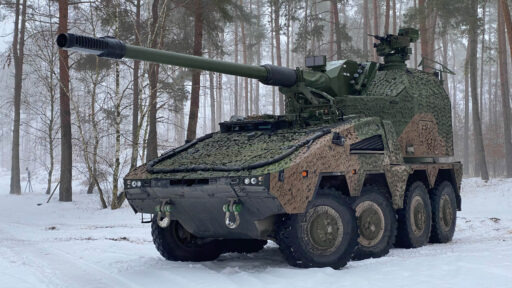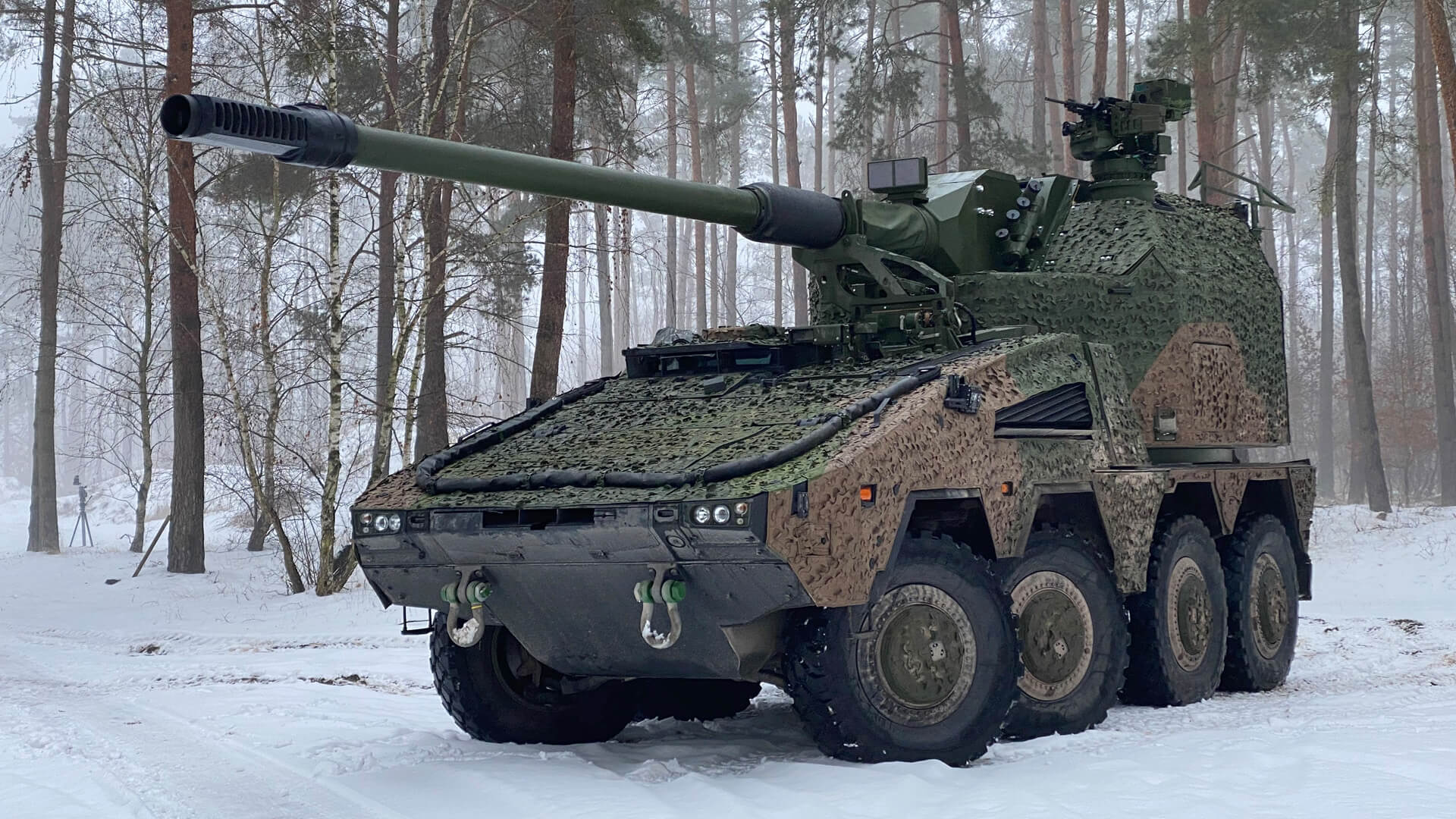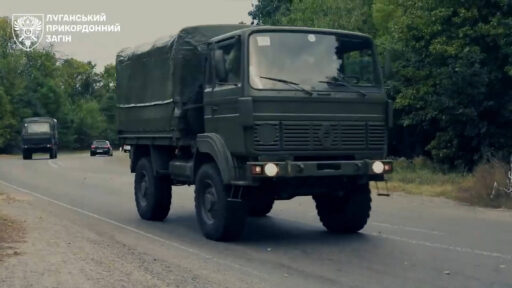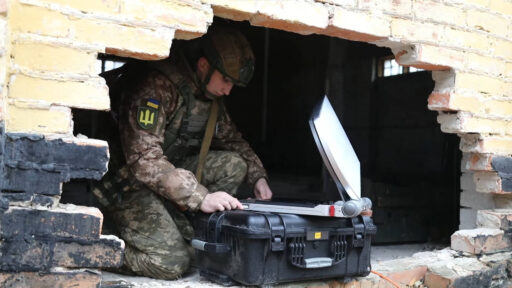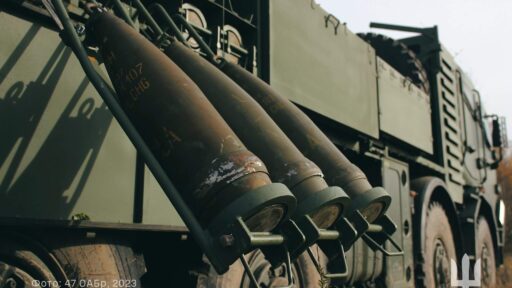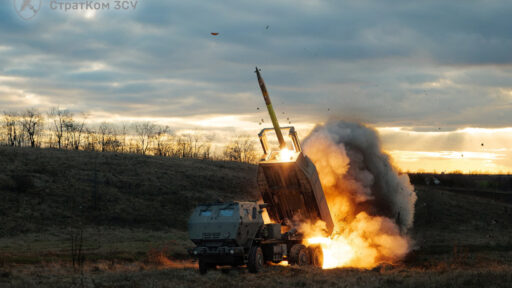The Ukrainian President Volodymyr Zelenskyy travelled to Germany on Friday. This was not primarily about the significant Munich Security Conference, but about signing the German bilateral security arrangements. A unique endeavour for Germany.
However, the German government also had one surprise up its sleeve that will play an important role this year. Germany’s Chancellor Olaf Scholz announced a new military aid package totalling around 1.13 billion euros in front of the cameras at the beginning of the press conference regarding the German bilateral security arrangements.
The package is aimed at the currently significant needs. Ammunition, artillery and air defence. In fact, the currently most critical need — the ammunition — will arrive this year, perhaps even much sooner than one might expect.
In detail, the package includes the following military goods.
- 18 PzH 2000
- 18 RCH 155
- 2 Skynex air defence systems
- 120,000 122 mm artillery shells
- 100 IRIS-T missiles
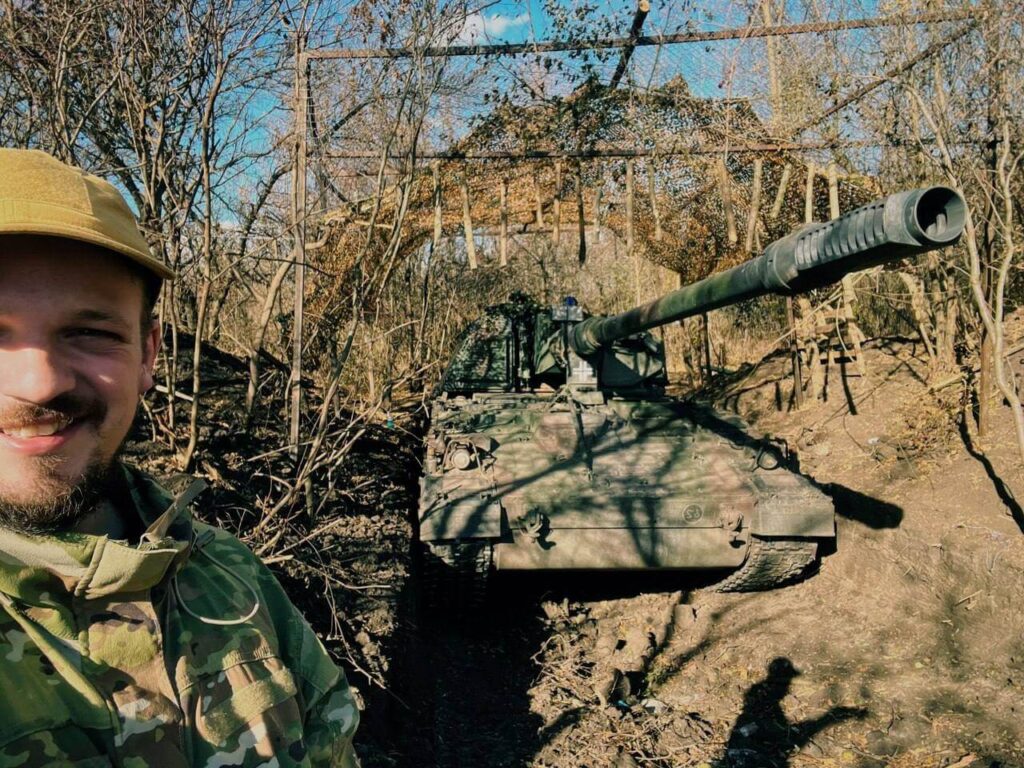
It should be clear that the 36 PzH 2000 and RCH 155 artillery systems, as well as the two Skynex air defence systems, come from industrial stocks, or more precisely, must first be produced.
According to the German Ministry of Defence’s press release, this results in a delivery period of two years (2026, 2027) for the PzH 2000, three years (2025, 2026, 2027) for the RCH 155 and one year (2025) for Skynex.
While the first people are already half-understandably gasping because of the delivery times, I would like to point out two things.
On the one hand, many people were also upset about the announcements made in 2022, but it is clear that these very announcements will materialise this very year. Now, for example, when there is currently no new aid coming from the US and many other countries are, in fact, not announcing or sending any significant military aid to Ukraine.
On the other hand, it does not mean that no further aid will arrive in Ukraine any sooner. If we now refer only to modern 155 mm artillery systems as announced here, modern Zuzana 2 systems will be delivered this year.
Germany, together with Denmark and Norway, had already ordered 16 of these in Slovakia for 92 million euros in October 2022. Two have already been delivered to Ukraine last year, while most if not all the other artillery systems should follow this year.
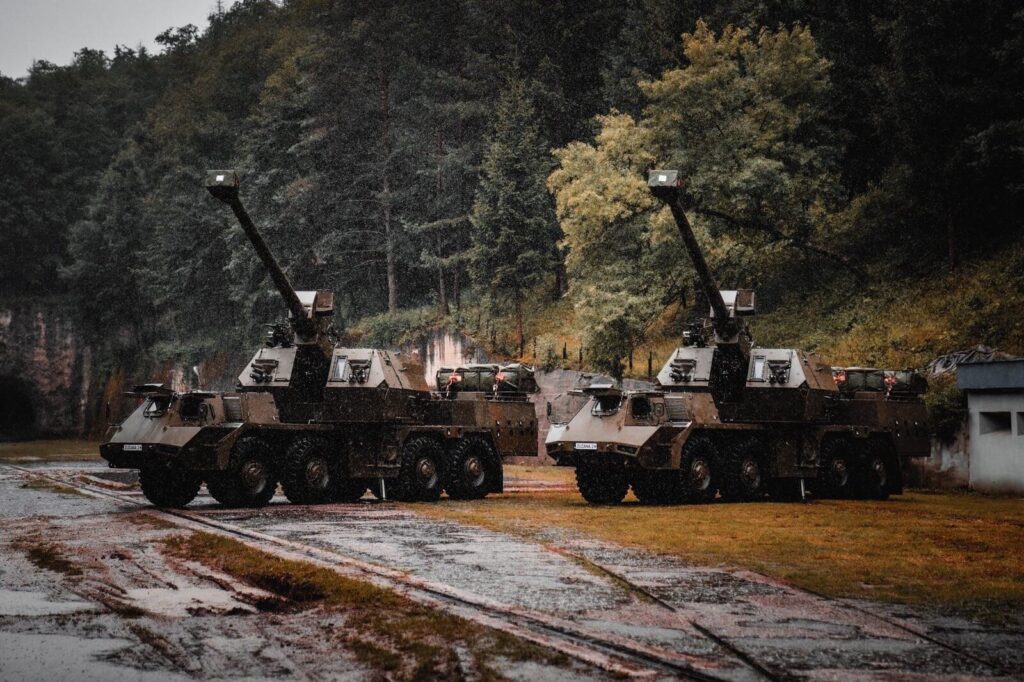
Delivery of the first RCH 155 from the first batch which got announced at the end of 2022 could also take place this year. According to KNDS Head of Development Axel Scheibel, the first artillery systems should arrive in Ukraine by the end of 2024.
However, the ammunition is particularly important. The 100 IRIS-T missiles for the SLS launchers supplied by Germany to Ukraine, which are integrated into the SLM systems, are of course very welcome.
Particularly interesting and once again — at least in my eyes — more important, are the artillery shells. Germany wants to supply 120,000 122-calibre shells to Ukraine. A novelty! Germany has never supplied this calibre to Ukraine before.
The most important thing in advance. Both the IRIS-T missiles and the 122 mm artillery ammunition are to be delivered this year! Given the current shortage of artillery ammunition in particular, this is essential.
The exact source of the 122 mm ammunition was not disclosed. The only thing that is clear is that the Bundeswehr did not have them in stock and Rheinmetall, for example, does not produce them either. So they must have been bought somewhere in Eastern Europe or overseas.
Interestingly, the President of the Czech Republic, Petr Pavel, announced at the Munich Security Conference yesterday, that sources had been located abroad that could be used to supply Ukraine with 300,000 122 mm shells and 500,000 155 mm shells.
These shells could be delivered to Ukraine within weeks after successful financing and efforts are being made to obtain financing in the USA, Germany, Sweden and other countries.
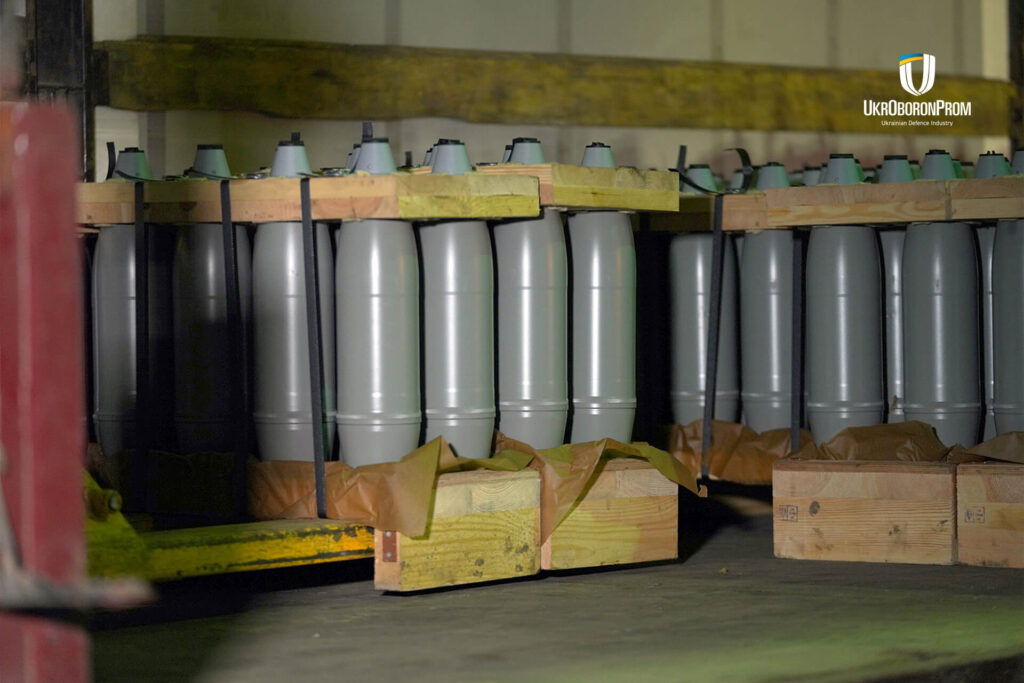 Image: Ukroboronprom
Image: UkroboronpromIt would be quite a coincidence if Germany had announced a large delivery of 122 mm artillery ammunition which had nothing to do with the Czech sources just one day before the announcement of the President of the Czech Republic.
Again, in the end, one must not forget that the Bundeswehr no longer has this ammunition in stock and the German industry does no longer producing this type of ammunition, as it is focussing on the modern 155 mm NATO calibre.
Apart from the fact that this announcement means that Germany is once again investing a large sum outside its own industry — which I very much welcome and have repeatedly “called for” — it also means that the shells could arrive in Ukraine much more quickly than expected.
I would like to point out once again that Pavel said that they could be delivered within weeks if they were financed! If that is true and Germany has either already finalised the financing or will do so in the near future, then the 120,000 shells could arrive in Ukraine within this quarter.
This is an enormous boost at times when Ukraine is suffering from a massive shortage of ammunition, especially artillery ammunition. According to official and professional assessments and statements, Ukraine can currently only fire around 2,000 shells per day. Meanwhile, the Ukrainians have to deal with around 10,000 shells fired per day by the Russian army.
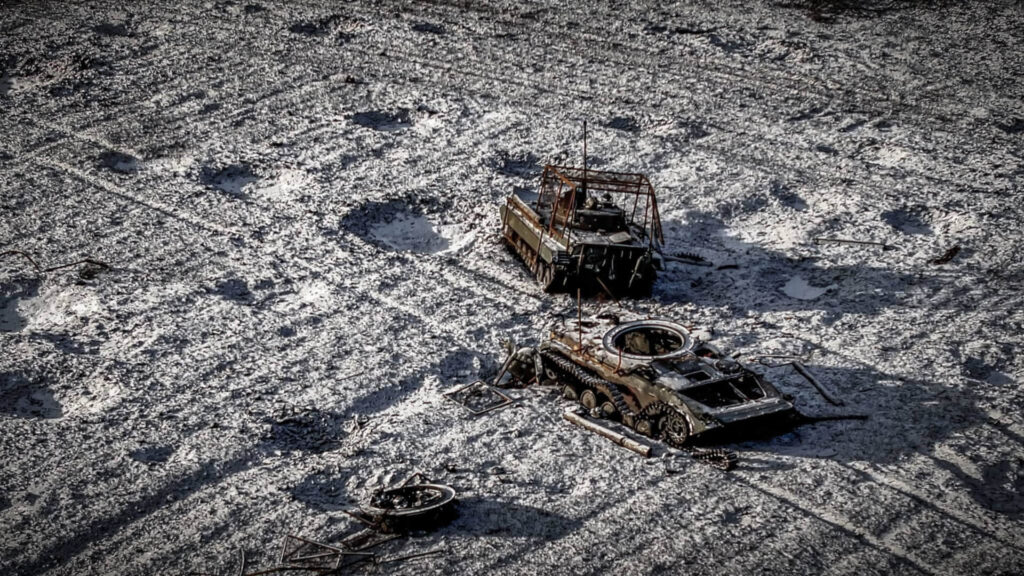
Of course, 120,000 shells are only a drop in the ocean in the long term, but at least for a few weeks it will provide considerable relief, have a noticeable impact during the spring and maybe even during the summer and nobody should forget that if Germany really does buy from the sources located by the Czech Republic, then there are another 680,000 shells of artillery ammunition that can be bought and delivered to Ukraine — not only by Germany, but also by other countries in the near future.
Why PzH 2000 & RCH 155?
Nevertheless, I must also criticise a bit here. Personally, I really don’t understand why this package includes the new production of the Panzerhaubitze 2000 and RCH 155 artillery systems.
Of course, these are ultra-modern, very effective and armoured artillery systems. However, the long production time and high price compared to other 155 mm artillery systems also mean that they have considerable disadvantages.
And in my opinion, this is precisely where we could have focused our efforts. In total, we are probably spending around 530 million euros on the 18 PzH 2000s and the 18 RCH 155s. This figure is based on the 100 PzH 2000 for 1.7 billion euros proposal and the financing of the first 18 RCH 155s at the end of 2022 for 216 million euros.
If we had invested just about half that sum, 260 million euros to be precise, in the French Caesar howitzers, we would not only be able to finance around twice the number of artillery systems, but also make a large-scale delivery this year instead of spreading the deliveries over the next three years.
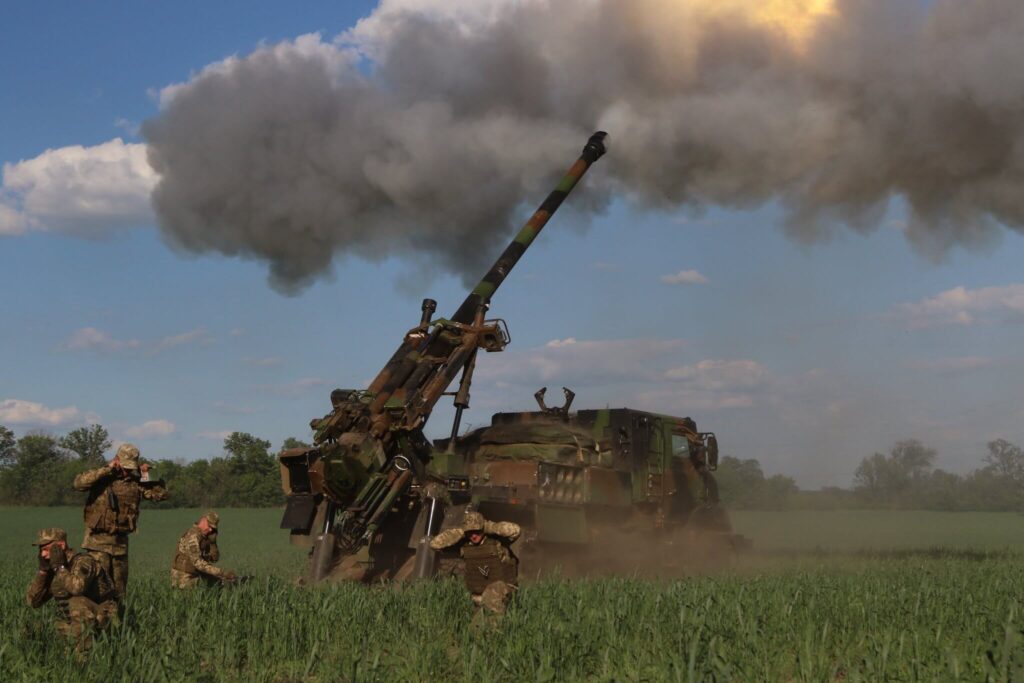
Of course, a Caesar howitzer cannot be compared with a PzH 2000 or an RCH 155, but in my opinion, looking at the advanced German systems, there are more disadvantages than advantages in the current situation.
Just to talk briefly about the armour. Yes, a PzH 2000 and RCH 155 naturally offer strong protection, and it says a lot that after almost two years of war not a single Panzerhaubitze 2000 has been destroyed, but for me protection is not such an important factor.
According to Oryx, 55 Caesar howitzers have been delivered to Ukraine. 19 by Denmark and 36 by France. Of these, just 5 have been confirmed destroyed. In my opinion, this has to do not only with the fact that the Caesar offers hardly any protection, but also with the fact that it is, of course, used differently by the Ukrainians than an irreplaceable PzH 2000.
But when I look at the fact that 78 of these French self-propelled howitzers can be produced per year at a cost of around 320 million euros, then I call that a calculated and acceptable risk.
In the end, the German government would have had around 270 million euros left over, which could have been used to finance around 65,000 155 mm shells for immediate delivery.
I think that would have been the perfect way, at least for me. After all, currently at least, the supply of ammunition is above all and this would have been a way of addressing this problem even more effectively — at least from my perspective as an outside observer.
But apart from that, I think it is a good aid package that addresses the current needs of the Ukrainian military in a short time and also reinforces the Ukrainian artillery with modern and very effective artillery systems on a long-term basis.
If you liked this post, consider following me on X, Bluesky or Telegram. If you like, you can also leave me a tip on Ko-fi.


